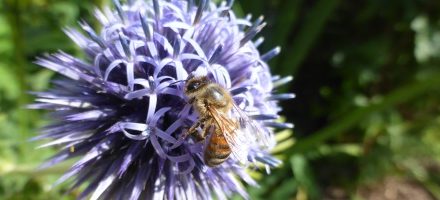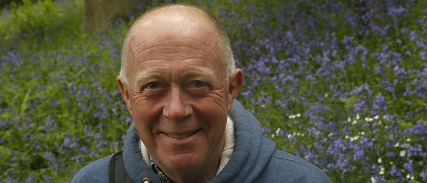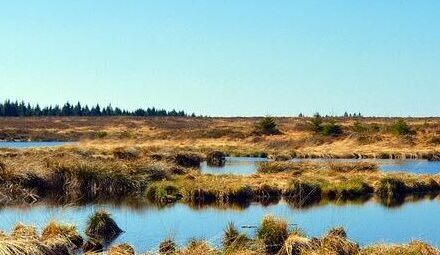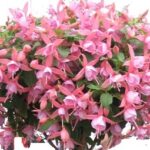BULBS THROUGHOUT THE SEASONS
 On 25 October ODGC welcomed Ingrid Millington, who with her husband John, owns Hillview Hardy Plants at Worfield, Shropshire.
On 25 October ODGC welcomed Ingrid Millington, who with her husband John, owns Hillview Hardy Plants at Worfield, Shropshire.
The talk included corms, tubers and rhizomes and was accompanied by a splendid slideshow. Starting with the striking marbled foliage of Arum italicum Marmoratum which appears in Autumn and lasts throughout Winter before the yellow spathes appear in Spring. Ingrid moved on to snowdrops and Crocus chrysantha a cheap and easy crocus to establish. Less familiar Spring bulbs included Ipheion, whose scented flowers appear in early Spring, Tulip “Little Princess, a species variety which will form a colony and does not require lifting in Autumn. Scilla bithynica is effective en masse and Corydalis solida self seeds and is good for pollinators.
Maianthemum, with its fluffy white flowers and delicious lily of the valley scent, appears in May and unlike Solomon’s Seal which it resembles is not prone to sawfly infestation. Camassia, an American bulb which likes damp soil, appears in May and June, the National Collection is held at Attingham Park near Shrewsbury.
Summer flowering blooms included the exotic Canna which requires winter protection and needs to be kept moist, Dierama – Angels’ Fishing Rods, Dahlias and Lilies. Less familiar was Albuca maxima, a South African bulb with three outer and three inner petals, which requires sharp drainage and Zephyranthes which is now completely hardy in the UK.
Cyclamen hederifolium flowers in Autumn into November as does Hesperantha and Nerine, all three completely hardy. Gladiolus and Crocosmia provide reliable Summer and Autumn colour and Crocosmia do well in pots.
Climate change affects the flowering of many species. For example, Iris reticulata will flower well in its first year but often produces only a mass of leaves in its second. This is due to increasingly warm summers triggering leaf production and to prevent this it should be planted 8” deep.
Members were intrigued to learn that several species are easy from seed. Examples include Incarvillea, Canna and Dierama. This will surely result in particularly careful scrutiny of our seed catalogues this Autumn.
Ghislaine Arundale








